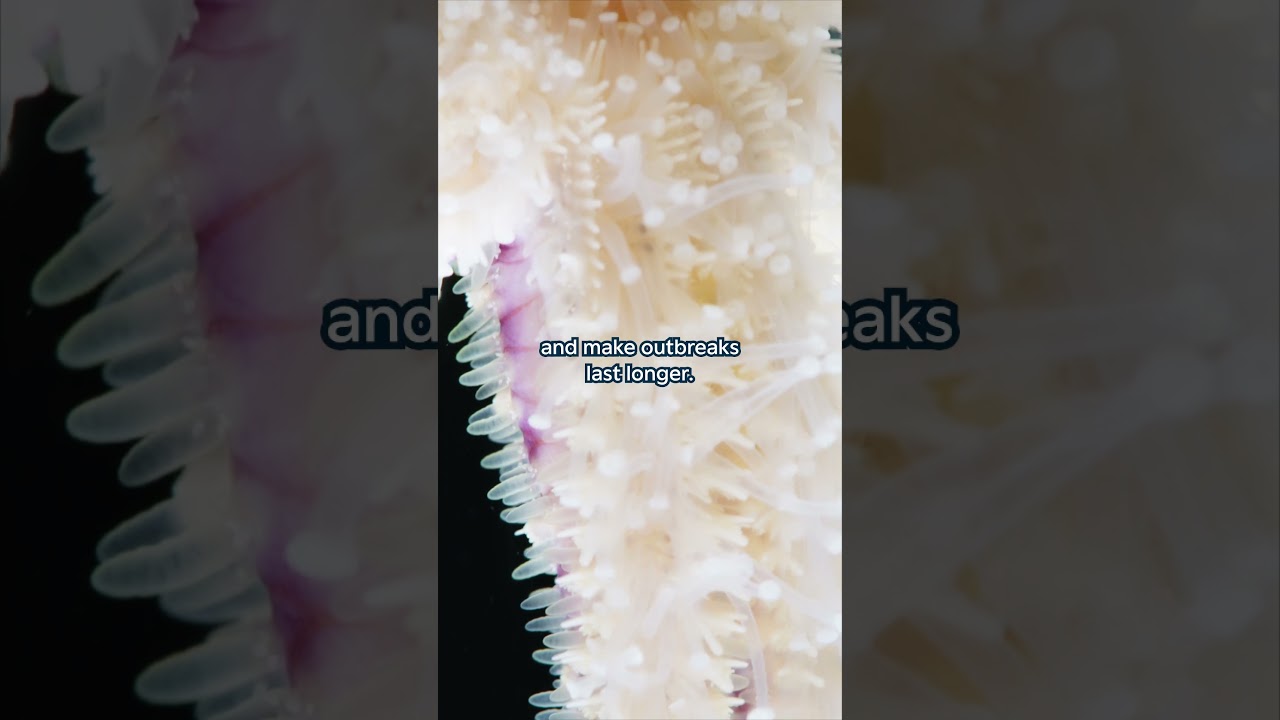- Understanding the life cycle and ecological importance of sunflower stars.
- Challenges and strategies in cultivating and conserving sunflower stars in zoos.
- The role of sunflower stars in marine ecosystems and biodiversity.
- The impact of climate change and human activities on sunflower star populations.
- Innovative conservation programs aimed at preserving sunflower stars.
Sunflower stars, or Pycnopodia helianthoides, are extraordinary marine creatures known for their vibrant appearance and ecological significance. These sea stars play an essential role in the marine ecosystems of the North Pacific, from Alaska to Baja California. This article delves into the intricate details of their life cycle, ecological contributions, and conservation needs.
Sunflower stars are among the largest sea stars, distinguished by their numerous and flexible arms, usually ranging from 15 to 24, and sometimes even more. They can reach up to a meter in diameter. This expansive size and unique physical attributes enable them to move rapidly across the ocean floor in pursuit of prey. Their diet mainly consists of mollusks, urchins, and other marine invertebrates. This feeding behavior is critical in maintaining a balanced biodiversity within their habitat, as they keep urchin populations in check, which in turn helps to protect kelp forests.
Cultivating sunflower stars in captivity, such as in zoos and aquariums, presents significant challenges. These creatures require specific environmental conditions that mimic their natural habitat, including water temperature, salinity, and availability of prey. Maintaining such conditions can be labor-intensive and costly. Successful breeding programs depend heavily on understanding the essential biological needs of these sea stars. This requires dedicated facilities and experienced staff who can replicate the complexities of ocean environments.
Sunflower stars are keystone species, meaning their presence and behavior have a disproportionate effect on their ecological community. By preying on species like sea urchins, they help prevent overgrazing of kelp forests, which are vital marine ecosystems. These kelp forests provide habitat and food for many marine species, supporting biodiversity and offering protection against coastal erosion. Thus, the health of sunflower star populations has direct implications for broader marine ecosystems.
Unfortunately, sunflower stars are facing significant threats, largely due to climate change and human activities. The past decade has seen a dramatic decline in their populations, attributed to sea star wasting syndrome, a disease exacerbated by rising ocean temperatures. This syndrome causes tissue decay, leading to mass mortality events. Additionally, ocean acidification poses another threat, affecting the growth and survival rate of juvenile sea stars.
In response to these threats, innovative conservation programs have emerged to protect and re-establish sunflower star populations. These programs involve breeding sunflower stars in controlled environments, such as aquariums, with the aim of eventually reintroducing them into the wild. These conservation efforts are vital to counteract the decline and help restore their numbers in natural habitats. Public engagement and education also play an essential role in these programs, fostering awareness about the importance of these species and the impact of human activities on marine life.
Zoos and aquariums play a crucial role in these conservation initiatives, acting as stewards of endangered species such as the sunflower star. Through collaboration with scientists and conservationists, these institutions contribute to research and data collection that improve our understanding of sea star biology and conservation. Measures such as public exhibitions and educational programs have the potential to inspire and inform future generations about marine conservation and the importance of preserving biodiversity.
In conclusion, the cultivation and conservation of sunflower stars are critical priorities for maintaining marine biodiversity and ecological balance. Despite the challenges posed by environmental changes and disease, concerted efforts in research, breeding, and public engagement offer hope for their recovery. These activities not only aim to safeguard the sunflower stars but also underscore the broader imperative to protect and sustain our ocean ecosystems for the future.
*****
Source Description
____
Whale hello there! We hope you liked this video. Subscribe to our channel for more from the Monterey Bay and our mission to inspire conservation of the ocean:
https://www.youtube.com/subscription_center?add_user=montereybayaquarium
We’re on Facebook: https://www.facebook.com/montereybayaquarium
And Instagram! https://www.instagram.com/montereybayaquarium
And Tumblr! https://www.tumblr.com/blog/montereybayaquarium
And Twitch! https://www.twitch.tv/montereyaq
And TikTok! https://www.tiktok.com/@montereyaq
And Discord! https://discord.gg/montereybayaquarium
And subscribe to our emails here: https://montereybayaquarium.org/subscribe


